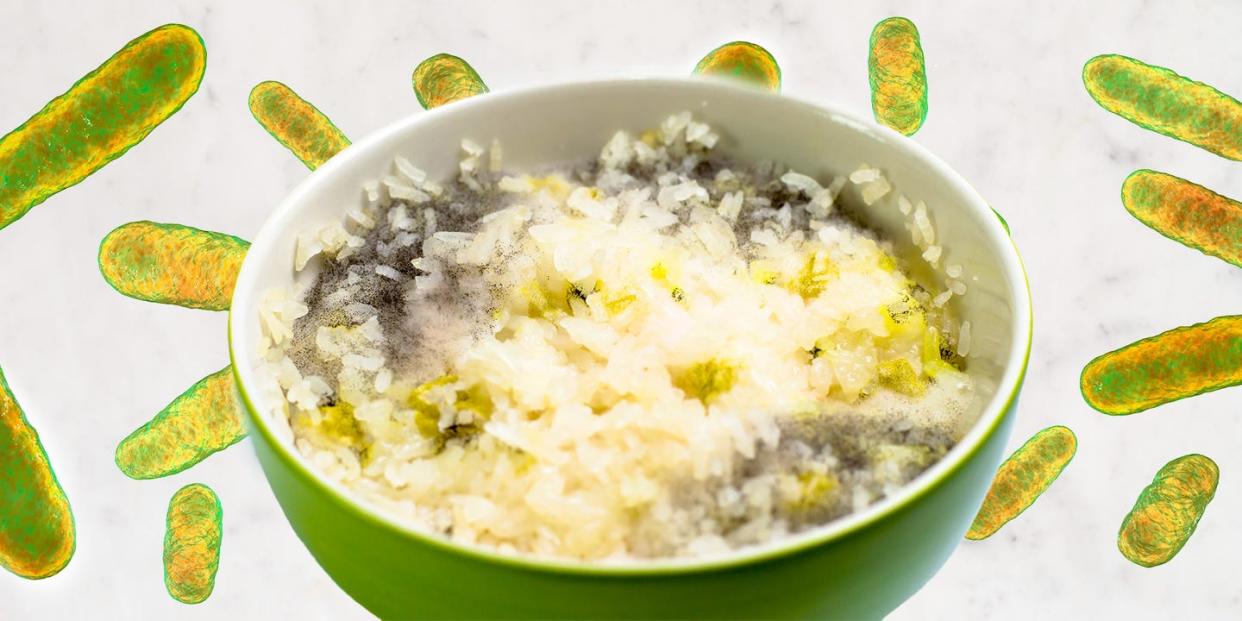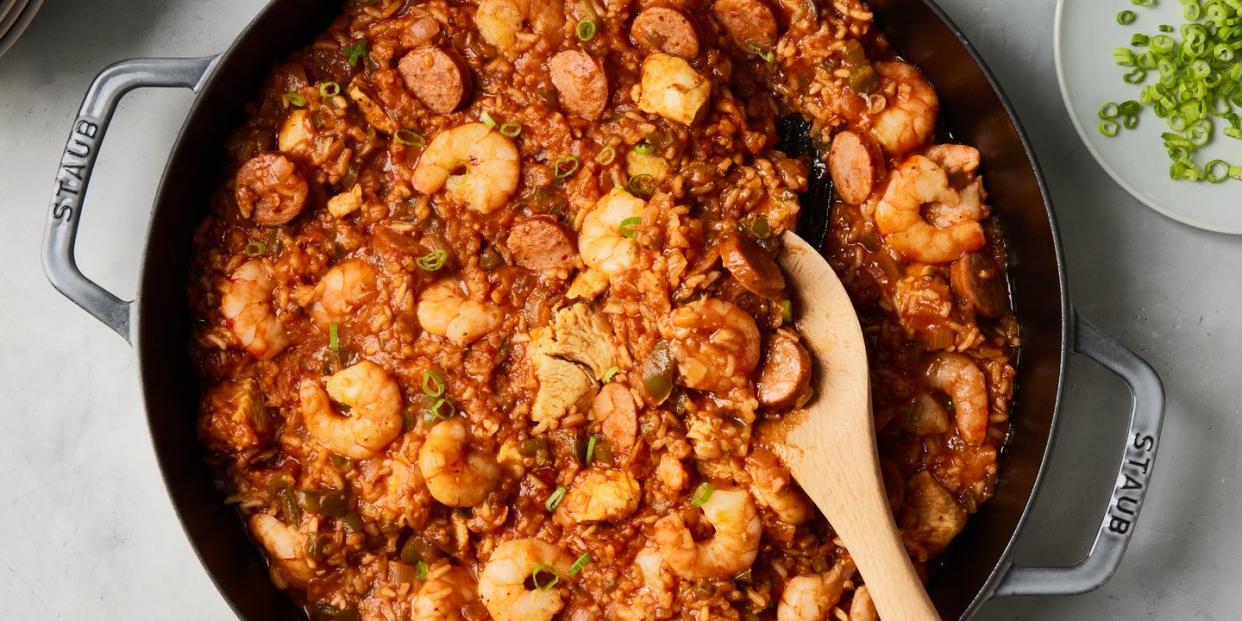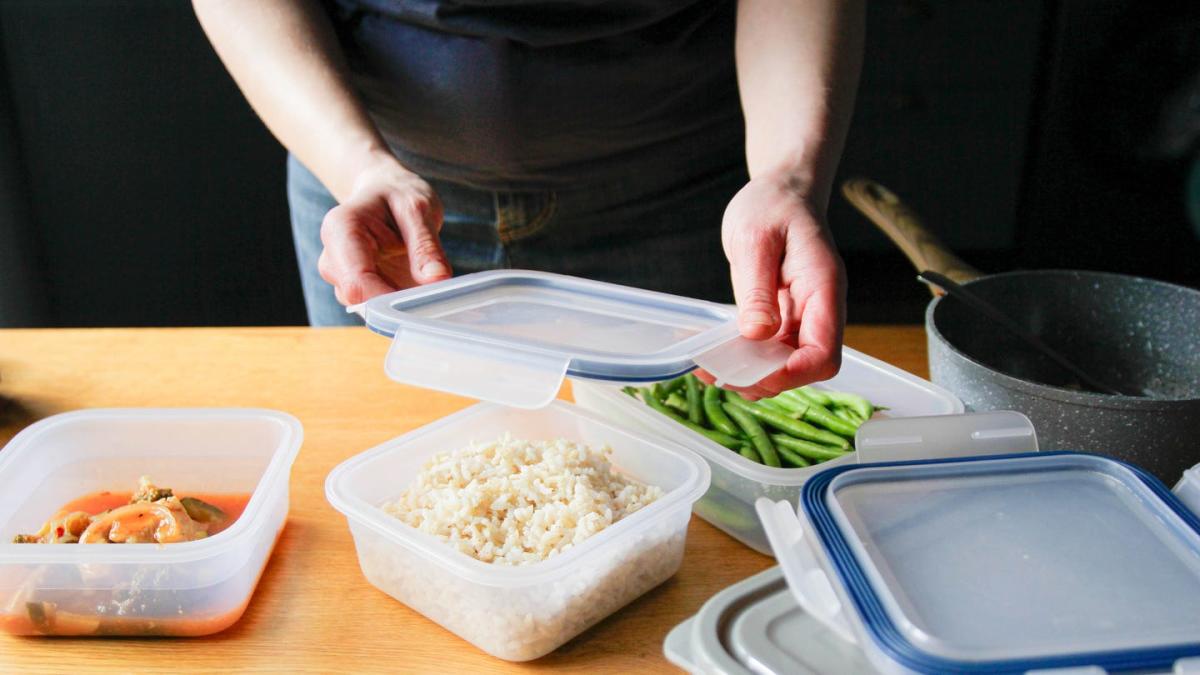Leftover rice can be a godsend the next day. It’s perfect for a batch of fried rice, and you can use it as a quick side dish when you have time to cook. But you may have heard disturbing things about “Fried Rice Syndrome” and wondered if leftover rice is safe.
The simple answer is yes, leftover rice is safe to eat, but there are some important limitations.
“It is perfectly safe to eat leftover food, including leftover rice, as long as it has been handled properly,” says Janilyn Hutchings, a certified food safety professional and food scientist at StateFoodSafety.
Here’s everything you need to know about dealing with leftover rice so you can enjoy your jambalaya the next day.


How to safely handle leftover rice
Unlike uncooked rice, cooked rice is a TCS (Time/Temperature Control for Safety) food, meaning it can more easily harbor pathogens. Hutchings said that when cooked rice is kept at room temperature, it is susceptible to the growth of a bacteria called Bacillus cereus, which thrives in starchy foods like rice and potatoes.
Sufficient growth of pathogens can, among other things, cause the disease commonly known as “fried rice syndrome.”
“To keep TCS foods safe to eat, you have to control either the time they spend at room temperature or the temperature at which they are stored,” she said.
How long can you leave rice outside?
We all tend to leave leftover food on the table, to long after eating. But there’s a good reason why you want to get your food into the fridge quickly.
“Pathogens can multiply to dangerous levels in TCS foods at room temperature in about four hours, so keep an eye on the clock and make sure any leftover rice goes in the fridge well in advance,” Hutchings said.
When the number of pathogens reaches dangerous levels, eating leftover food is more likely to cause foodborne illness, or what is known as “food poisoning.”
“Even cooking or reheating leftover food does not reduce the number of pathogens to a safe level,” Hutchings said.
In other words, put the paella in the fridge as soon as possible.


At what temperature should leftover rice be stored?
“Another way to preserve leftover rice is to control its temperature,” she added.
Hutchings describes the “sweet spot” for pathogen growth as a temperature between 5 and 62 degrees Celsius. To avoid the so-called “temperature danger zone,” she recommends storing leftover rice in the refrigerator at below 5 degrees Celsius or in a warmer that can keep the rice at 62 degrees Celsius or more.
How long does leftover rice last?
Even when stored properly, rice spoils like any other leftover food. Hutchings recommends not eating or throwing away perishable leftover food without storing it in the refrigerator for seven days.
How to reheat leftover rice
Check out our guide to reheating rice, which covers a variety of methods for reheating your leftovers, including the microwave, stovetop, and oven. The key is always to get the rice to a safe temperature.
You might also like




